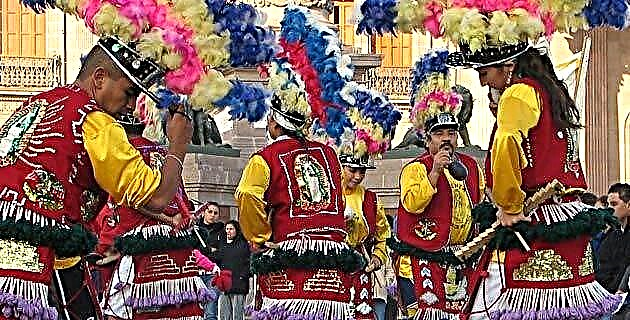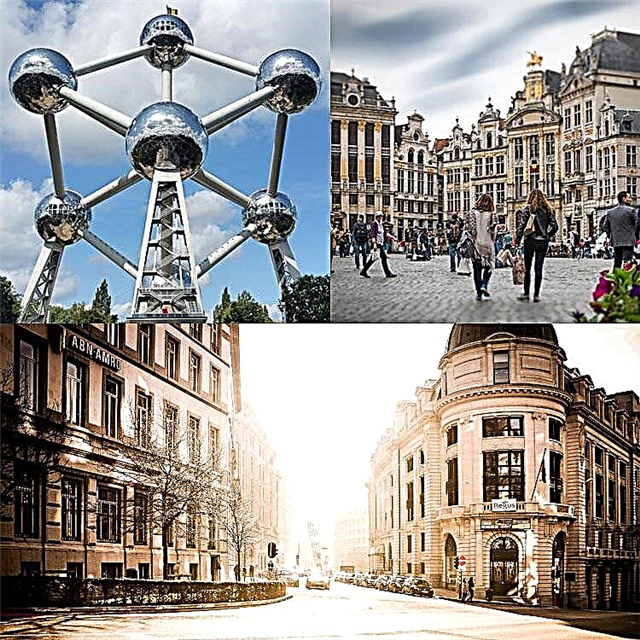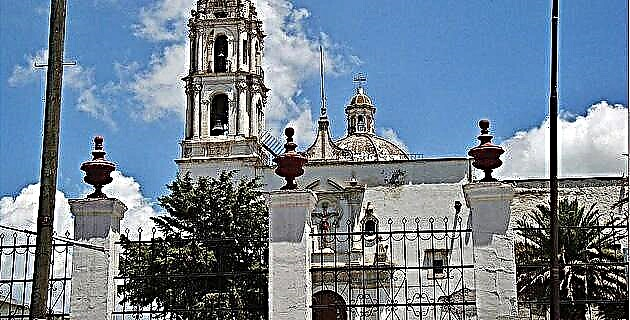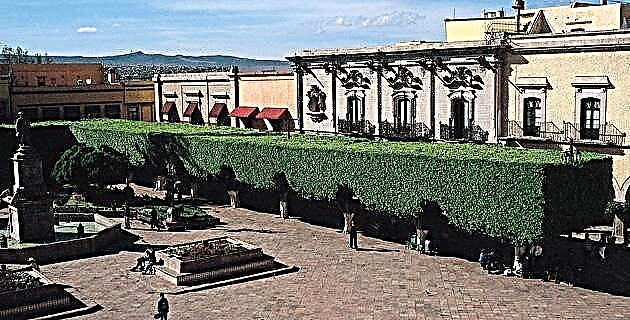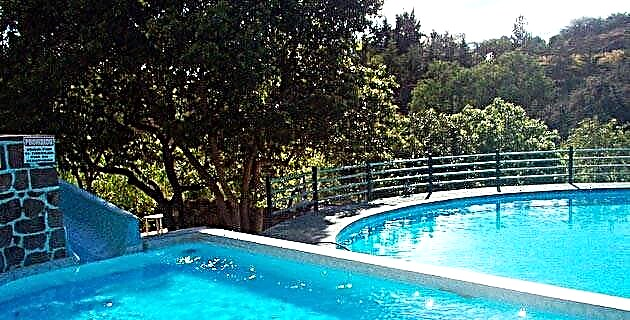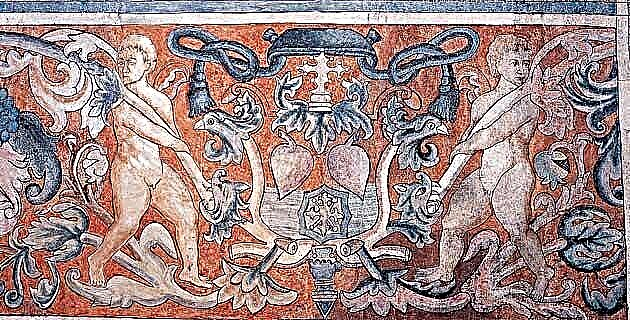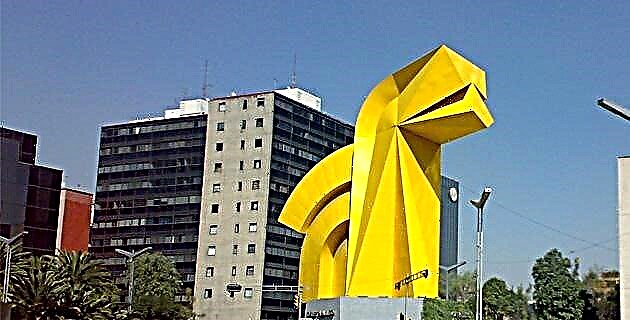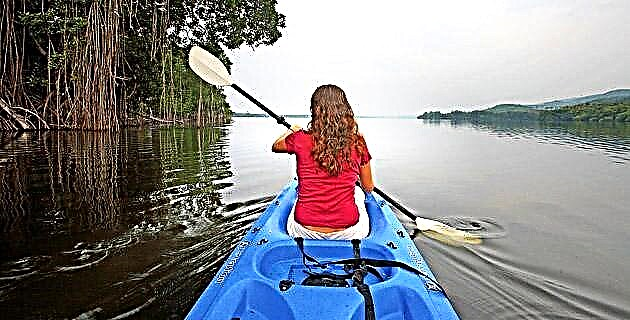
On rare occasions Mexicans come in search of the healing properties of hot springs.
San José Manialtepec, Oaxaca, is a town that does not appear on tourist maps, and yet in October 1997 images of this place went around the world, since it was one of the points where Hurricane Paulina caused the greatest damage.
It is really satisfactory for those of us who observe through the media the hardships that the almost 1,300 inhabitants of the place went through, to find ourselves currently in a peaceful town, but full of life, where bad memories are lost in time.
Even though San José Manialtepec is in an eminently touristic area, just 15 km from Puerto Escondido, heading for the Manialtepec and Chacahua lagoons, two natural attractions that are very popular with tourists - especially foreigners who are fond of bird watching. it is a point of visit, or even an obligatory step for those who go to the aforementioned tourist sites.
The desire to visit the place was born when, while in Puerto Escondido, the comment of the passage of Hurricane Paulina through the region arose, and we remember the overflow of the Manialtepec River on the town of San José; But the desire increased when we learned that its inhabitants had overcome that crisis in an exemplary way.
At first glance it is difficult to believe that two years ago many of the houses that we now see were almost completely submerged in water, and that even, according to the locals, more than 50 houses were completely lost.
What happened, according to our guide, Demetrio González, who had to participate as a member of the health committee, watering lime and carrying out other activities to prevent epidemics, was that the Manialtepec River, which descends from the mountains and passes just On one side of San José, it was not enough to channel all the water that, through various slopes, increased its flow until it doubled, and the bank that separated the river from the town was very low, the water overflowed and destroyed a large number of houses. Even when they were almost completely covered by the water, the strongest resisted, but even some of these show large holes through which the water sought an exit.
Demetrio continues: “It was about two hours of fright, like nine at night on October 8, 1997. It was Wednesday. A lady, who had to live it all from the roof of her little house, who feared that at any moment the river would carry her away, had a bad head. It hardly seems like it's easing anymore. "
That was the unpleasant part that we had to share on this trip, the remembrance of the nearness of death. But on the other hand, the resilience of the local people and the love for their land must be recognized. Today there are still some signs of that bitter drink. We still find some of the heavy machinery around that raised a much higher board, behind which only the roofs of the houses can be seen seen from the river; and there, high up on a hill, you can see a group of 103 houses built to relocate the victims, a project carried out with the support of numerous aid groups.
San José Manialtepec now follows its normal, quiet pace of life, with little movement in its well-laid dirt streets, since its inhabitants work during the day in nearby plots where corn, papaya, hibiscus, sesame and peanuts are planted. Some more move daily to Puerto Escondido, where they work as merchants or providers of tourism services.
After having shared with the Manialtepequenses their experiences, both the horror and the reconstruction, we set out to fulfill our second task: to travel the riverbed, now that its tranquility allows us, until we reach Atotonilco.
By then the horses are ready to take us to our next destination. To an express question, Demetrio answers that most of the people who visit them are foreign tourists who want to know the natural beauties, and only rarely do Mexicans come in search of the healing properties of hot springs. "There are those who even take their containers with water to take it as a remedy, as they have been recommended for various ills."
Already mounted on our horses, as soon as we left the town we lowered the board that protects it and we are already crossing the river. As we pass we see children refreshing themselves and women washing; a little further, some cattle drinking water. Demetrio tells us how much the river widened - twice as much, from about 40 to 80 meters - and points to a parota, which is a very large and strong tree from the coastal region that, according to he tells us, with its strong roots helped to divert the water a little, preventing the damage from being worse. Here we make the first of six crosses - or steps, as they call it - to go from one side of the river to the other.
Continuing our way, and when passing by some fences that surround some properties, Demetrio explains to us that their owners usually plant two types of very strong trees on the edge of their lands to reinforce their fences: those they know as "Brazil" and "Cacahuanano".
Precisely when going through one of these shaded passages we managed to see the body of a rattlesnake, without its bell and without its head, which our guide takes advantage of to comment that in the surroundings there are also coral reefs and an animal very similar to the centipede, which they are known as "forty hands" and that it is especially poisonous, to the extent that if its bite is not attended to quickly it can cause death.
Further on the river seems to flirt with the high cliffs, winding past them; and there, very high up, we discover a large rock whose shape gives its name to the peak in front of us: “Pico de Águila” is called. We continue riding ecstatic by so much greatness and beauty, and when we pass under some huge macahuite trees we have to see between their branches a nest of termites, built from pulverized wood. Right there we found out that later these nests will be occupied by some green parrots like the ones that have crossed us on the way on several occasions.
Almost to reach our destination, after having crossed the last two steps of the river, all of them with crystal clear water, some rocky and others with sandy bottoms, a rather peculiar situation is observed. Throughout the tour our senses were filled with green and grandeur, but in this place, in an extremely rich area of vegetation, a large tree known as "strawberry" housed in its heart, right where its branches are born, a "palm of corozo ”. Thus, approximately six meters high, a completely different tree is born from a trunk, which extends its own trunk and branches up to five or six meters higher, merging with the branches of the tree that shelters it.
Almost opposite this wonder of nature, across the river, are the thermal waters of Atotonilco.
There are in this place between six and eight widely dispersed houses, hidden among the vegetation, and there, on the side of a hill, an image of the Virgin of Guadalupe stands out from the greenery, sheltered in a niche.
Just to one side, a few meters away, you can see how a small spring flows down between the stones that deposits its waters in a pool, where the water also flows, and that was built so that visitors who want it and withstand the temperature of the water, submerge your feet, your hands or even, as some do, your whole body. For our part, after cooling off in the river, we decided to rest by submerging feet and hands, little by little, in the water that is at high temperature and that gives off a strong smell of sulfur.
Shortly after, we were ready to retrace our steps, enjoying once again the contemplation of these natural beauties, mountains and plains rich in vegetation and the freshness that the river provided us at all times.
The total time it took us to complete this tour was approximately six hours, so on our return to Puerto Escondido we still had time to visit the Manialtepec lagoon.
With great satisfaction we find that the place preserves its beauty and its services. On its shore there are some palapas where you can eat magnificently and the boatmen offer their boats for various walks, like the one we did, and in which we could verify that the mangroves are still the habitat of numerous species, such as kingfishers, black eagles. and fisherwomen, different types of herons –white, gray and blue–, cormorants, Canadian ducks; storks that nest on the islands, and many, many more.
Even, according to what they told us, in the Chacahua lagoon, located 50 km to the west, the hurricane benefited them, since it opened the passage between the lagoon and the sea, removing the silt that for years had been accumulating until it closed, which It also allows the permanent cleaning of the lagoon and facilitates transportation and communication for fishermen. Now a bar has been built to prevent the sludge from being produced again as much as possible.
This was the end of a beautiful day where we shared, through the word, the suffering that thanks to the strength is erased day by day, and through the sight and the senses, the magnificence that here, as in many other places, it continues to offer us our unknown Mexico.
IF YOU GO TO SAN JOSÉ MANIALTEPEC
Leave Puerto Escondido on highway no. 200 towards Acapulco, and only 15 km ahead follow the sign to San José Manialtepec, on the right, along a dirt road in very good condition. Two kilometers later you will reach your destination.

